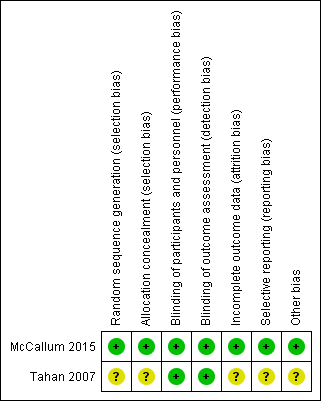Contenido relacionado
Revisiones y protocolos relacionados
Dirk Bassler, Andrew AD Mitra, Francine M Ducharme, Johannes Forster, Guido Schwarzer | 26 enero 2004
Malcolm Brodlie, Atul Gupta, Carlos E Rodriguez‐Martinez, Jose A Castro‐Rodriguez, Francine M Ducharme, Michael C McKean | 19 octubre 2015
Julie M Marchant, Helen L Petsky, Peter S Morris, Anne B Chang | 31 julio 2018
Richard JPG Chavasse, Paul Seddon, Anna Bara, Michael C McKean | 22 abril 2002
Mark Everard, Anna Bara, Matthew Kurian, Tracy N'Diaye, Francine Ducharme, Varaidzo Mayowe | 20 julio 2005
Carol Kelly, James D Chalmers, Iain Crossingham, Nicola Relph, Lambert M Felix, David J Evans, Stephen J Milan, Sally Spencer | 15 marzo 2018
Ahmed AT Tomerak, Julian McGlashan, Monica Lakhanpaul, Harish HV Vyas, Michael C McKean | 19 octubre 2005
Rebecca Normansell, Ben Sayer, Samuel Waterson, Emma J Dennett, Manuela Del Forno, Anne Dunleavy | 25 junio 2018
Simon S Craig, Stuart R Dalziel, Colin VE Powell, Andis Graudins, Franz E Babl, Carole Lunny | 5 agosto 2020
Danielle Wurzel, Julie M Marchant, Stephanie T Yerkovich, John W Upham, I Brent Masters, Anne B Chang | 15 junio 2011










